
Thinking of adding an ecommerce layer to your media brand? If so, your mind is in the right place. With ad revenues on the decline, an online store can be a great way to deliver value to your audiences.
Just take a look at how today’s top retailers are attracting and building relationships with their audiences. Fashion brand ModCloth and art supply store Art.com achieve great success through content marketing. Why should a publisher be any different? You’ve already built up an audience, which gives you a strong platform to distribute products.
But few media companies feel comfortable entering ecommerce territory. Why? The space is new, and there are few precedents in place. You may feel like you’re venturing into unchartered territory and taking a huge risk as a result.
Don’t let fear of the unknown scare you. Take smaller steps by following these lessons.
5 Tips to Help Your Media Company Master Ecommerce
1) Turn Your Content into Products
Not sure what types of products to sell? Just take a look at the content that you’re already creating. What’s popular among your audience base? Are there opportunities to convert short-form articles into in-depth courses, research studies, or e-books?
For inspiration, take a look at HBR’s online store. In addition to publishing free content and offering a subscription, the media leader regularly sells templates, case studies, tools, and other resources.
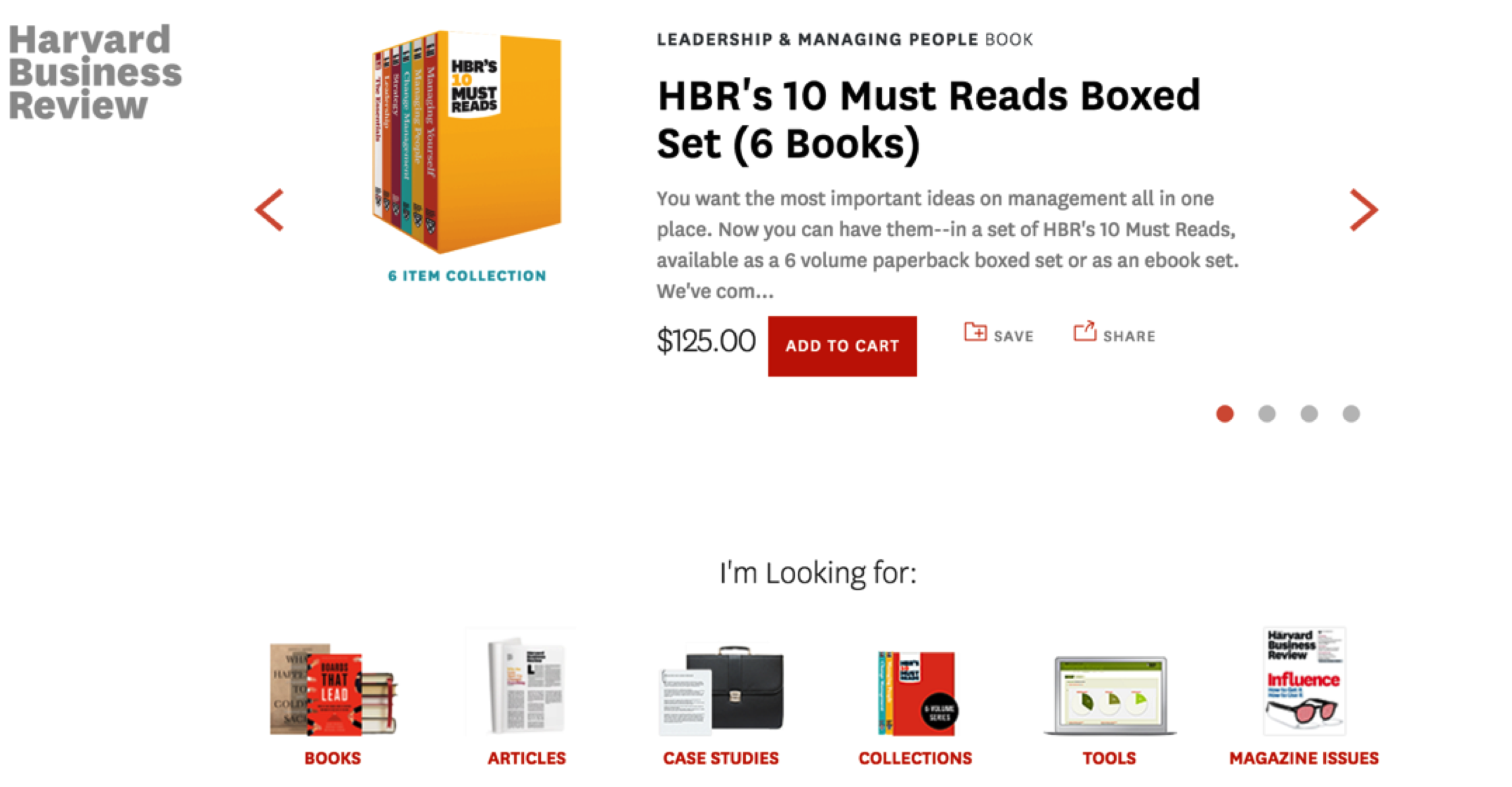
The beauty of this model? The entire supply chain is digital. Distribution and fulfillment can be automated, with absolutely no need for shipping, warehouses, or physical products.
You can launch an ecommerce store with very little overhead.
2) Partner with Fellow Content Creators
Don’t have the resources to build your own products, digital or otherwise? Consider partnering up with other content creators in your industry.
Your media company has access to a powerful resource: an audience. Rather than building products from scratch, get started by launching an affiliate program. You could host a marketplace and collect a commission for all products sold.
For inspiration, take a look at The Next Web. The technology publishing giant has partnered with Teachable, a course management platform, to source and sell educational content. TNW gets an instant library of products to sell. Course creators get access to a powerful distribution opportunity.
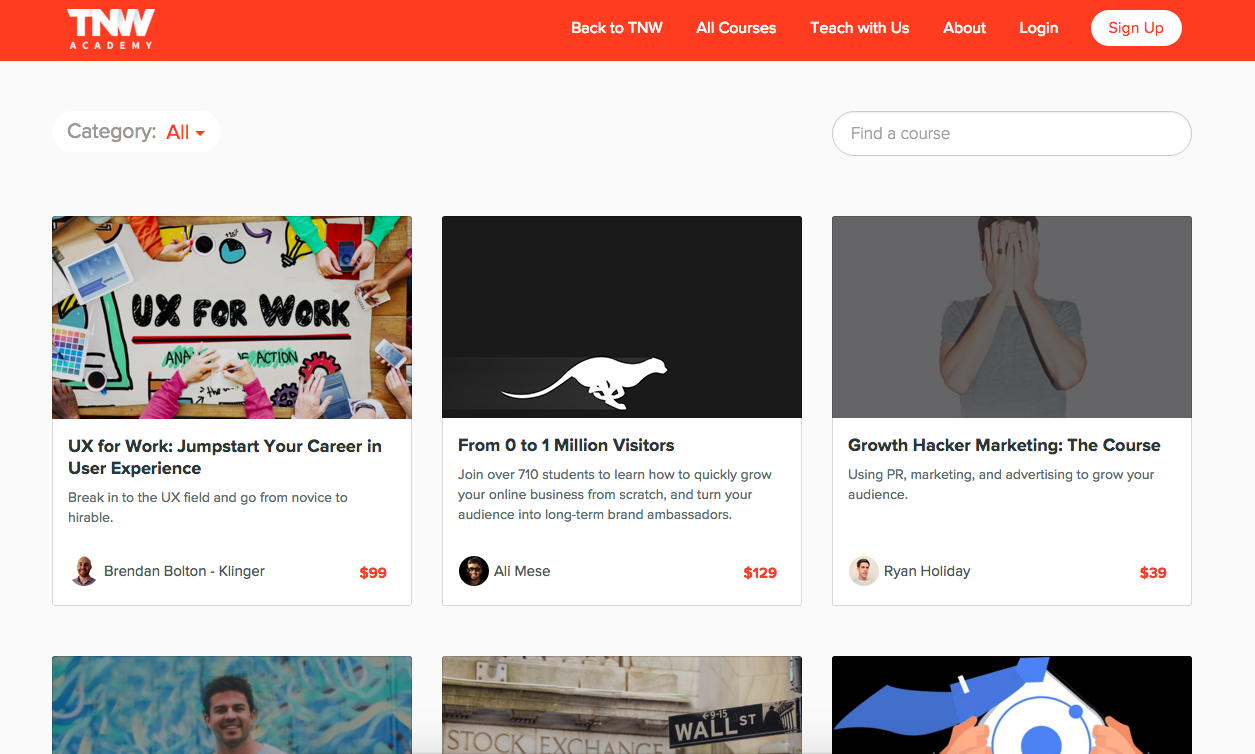
It’s a win-win ecommerce model with value to all sides.
3) Fit into Your Audience’s Needs
The simplest way to launch an ecommerce business is to find out what your audience cares about. Figure out what products they’re seeking out. Launch a storefront that meets these needs.
As an example, take a look at Legacy.com. The company, an online repository of obituaries, has become a leader in its space. By partnering with media hubs like The New York Times, Los Angeles Times, and Dallas Morning News, the company’s obituaries reach an audience of tens of millions of people in the U.S. per month.
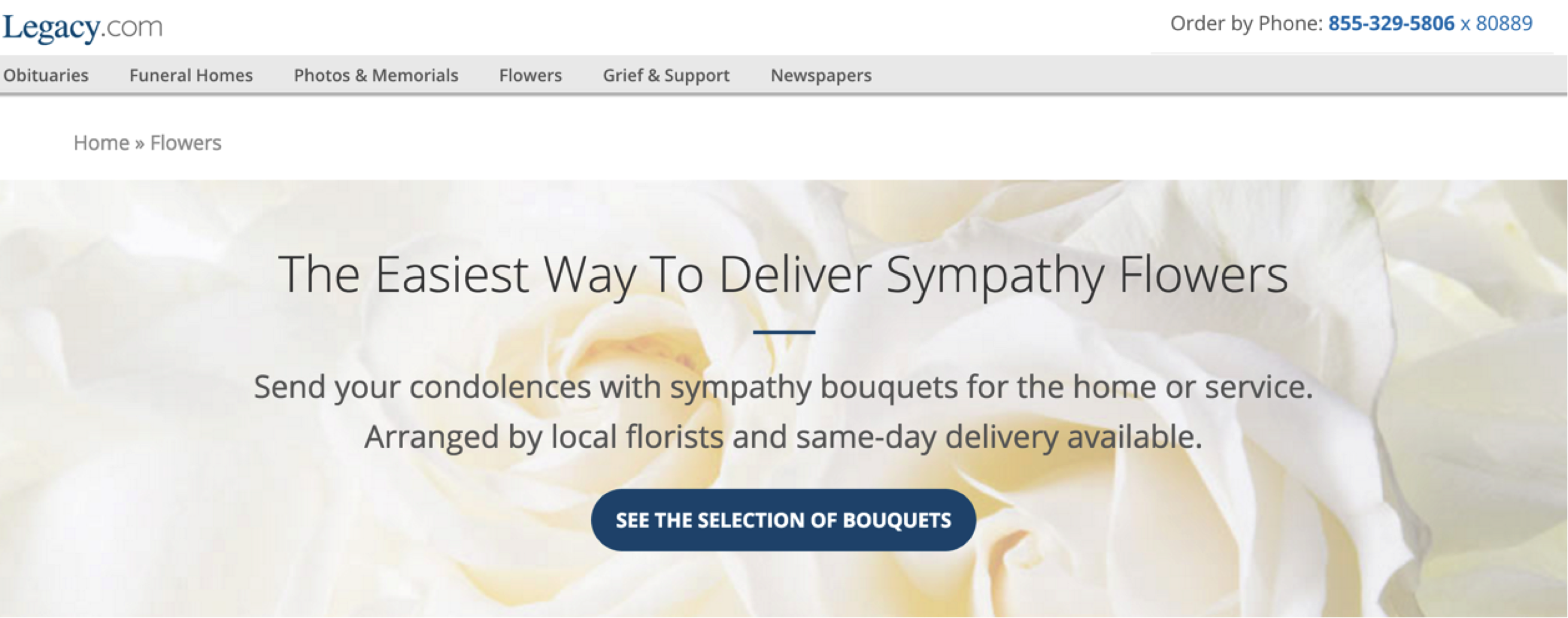
What’s interesting about this audience is that they’re unlikely to be receptive to advertisements. When people are in mourning, they don’t want to be thinking about their next shopping trips.
So Legacy.com has done something a little different. Rather than delivering ads, the company prompts site visitors to send flowers or give to a charity, taking a cut of every transaction. With this model in place, the company has been growing at an annual rate of 40% over five years, with ecommerce revenue matching ad revenue.
4) Consider a B2B Model
Most ecommerce businesses are consumer-facing. But B2B media companies can still develop a viable revenue stream, using similar business practices. Here’s an idea: why not develop an online store that offers business education and training?
Consider FDA News, a publisher that specializes in global compliance topics, as an example. In addition to creating helpful documentation, the company has a small ecommerce store with training and prep DVDs.
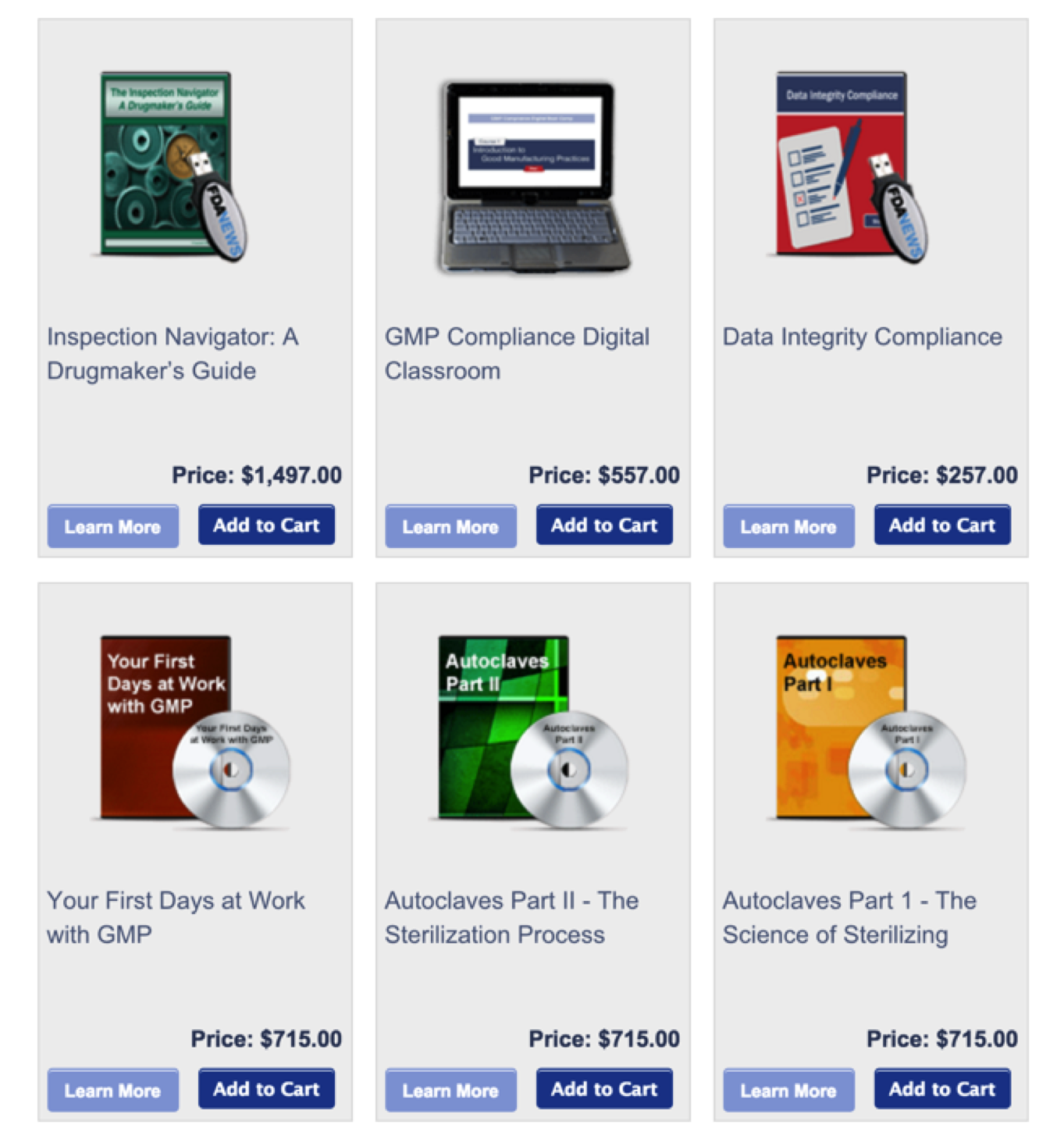
Given the value of these programs, price points are in the thousand-dollar range--a range that makes sense for B2B buyers. With this model in place, FDA News can afford to spend more on audience acquisition and retention, as a result.
It’s an example of how an ecommerce model can create a healthier business all around, no matter the industries that you serve.
5) Create a Simple Shopping Experience
Today’s buyers are research-driven and self-directed. They’re using your content to educate themselves, discover new ideas, and find out about products. Thanks to the great articles and videos that you’re already publishing, you’ve created a steady entry point into your company’s conversion funnel.
That being said: if you’re thinking of launching an ecommerce platform, you’ll want to pay careful attention to your UX. At a minimum, you’ll want to make it easy for readers to discover your online shop. You’ll also want to make sure that your core website experience remains in tact.
To avoid confusing audiences, you’ll want the best of both worlds.
As an example, take a look at Magna Publications--a media company that specializes in the higher education industry. The company’s website has a UX that clearly separates its articles from its ecommerce products.
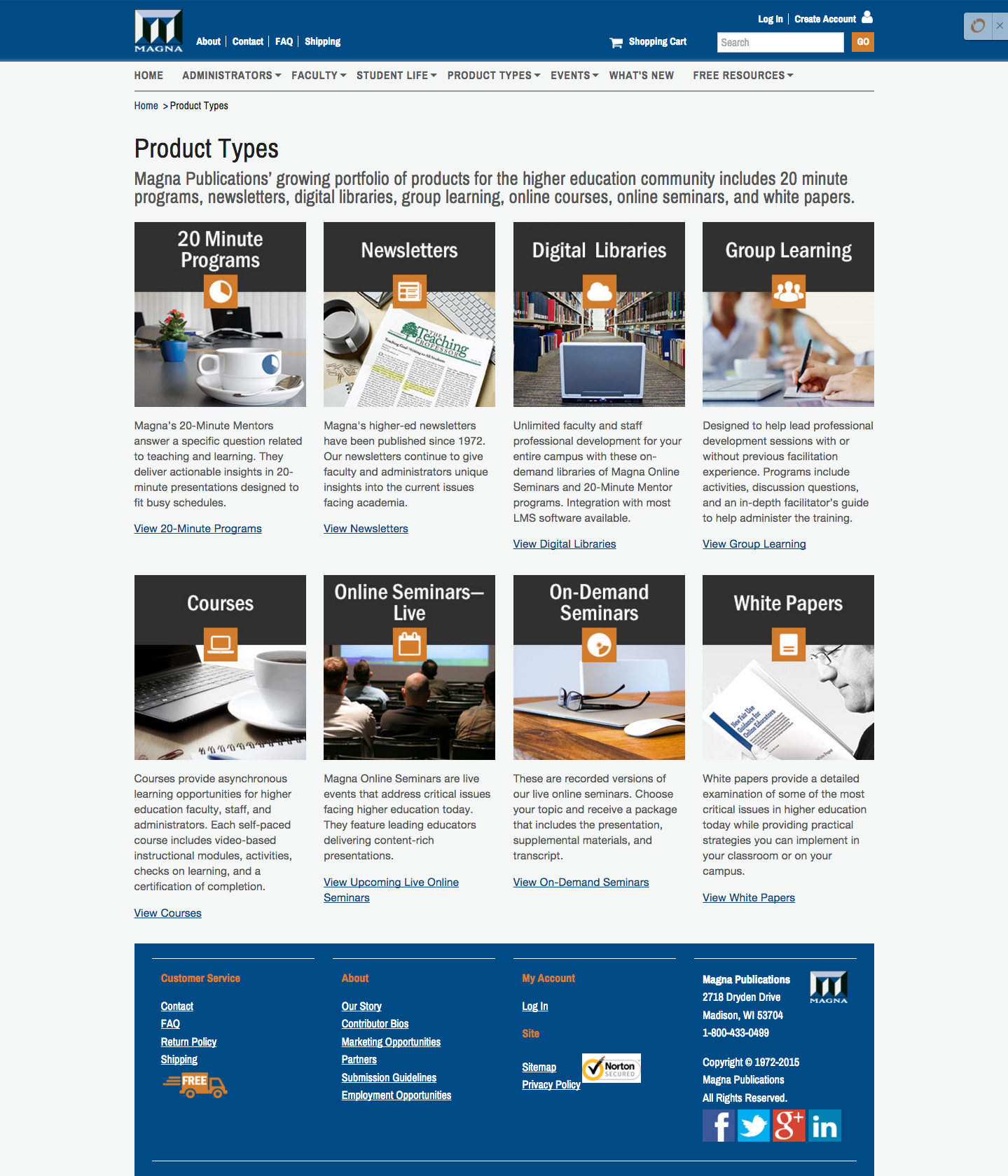
Make sure that this distinction is clear on your own site, so that your audiences can do your research. It should be easy to learn about your company.
Is Ecommerce Right for You?
Don’t jump the gun in answering this question. Even though you can get started with minimal overhead, you’ll need to fine-tune logistics. Both VentureBeat and Refinery29 shut down their ecommerce lines. Don’t follow in their footsteps--make a good decision early on.
from HubSpot Marketing Blog http://blog.hubspot.com/marketing/media-meets-ecommerce-5-tips-for-a-rock-solid-strategy
Via http://blog.hubspot.com/marketing/media-meets-ecommerce-5-tips-for-a-rock-solid-strategy


No comments:
Post a Comment